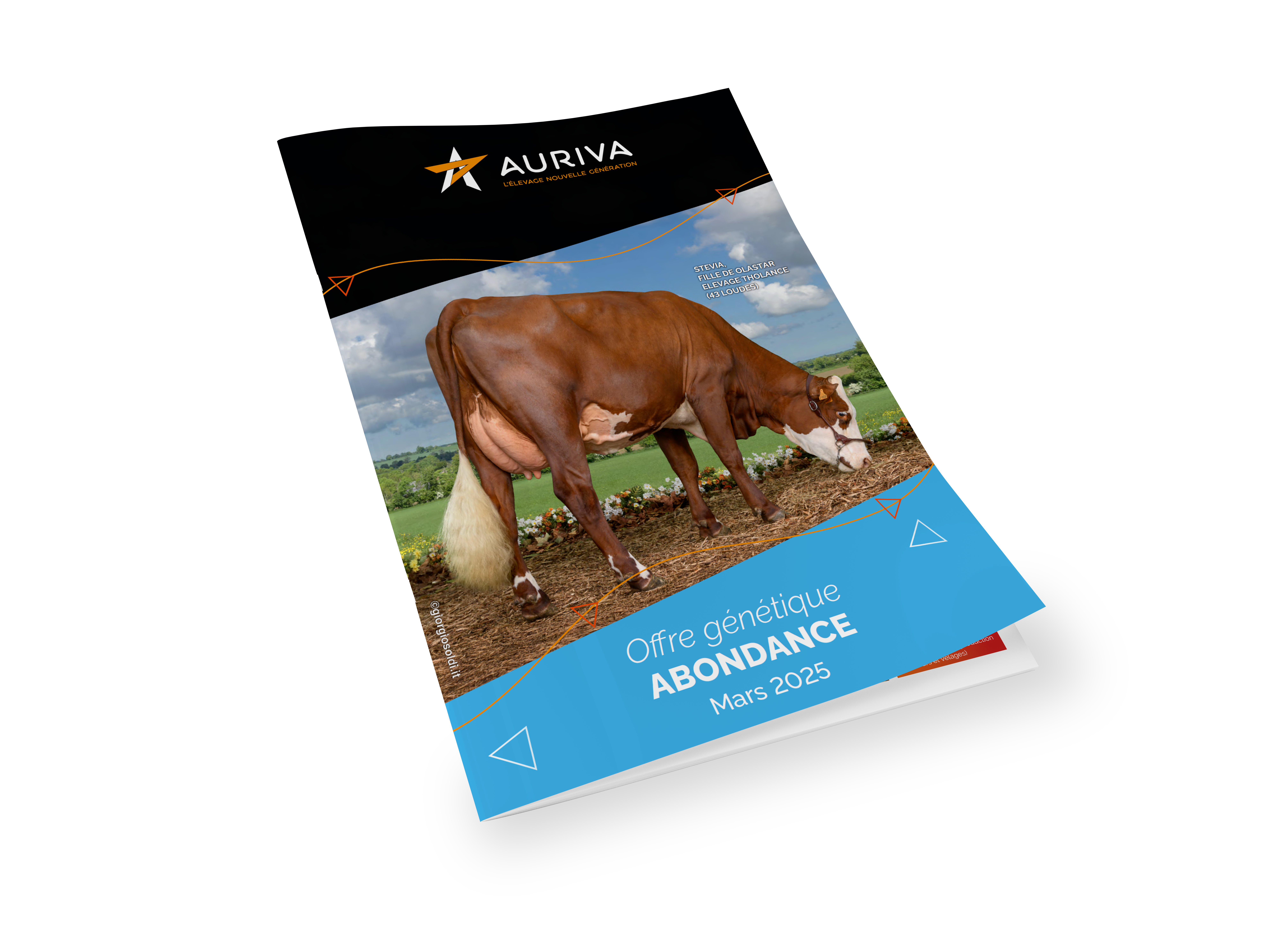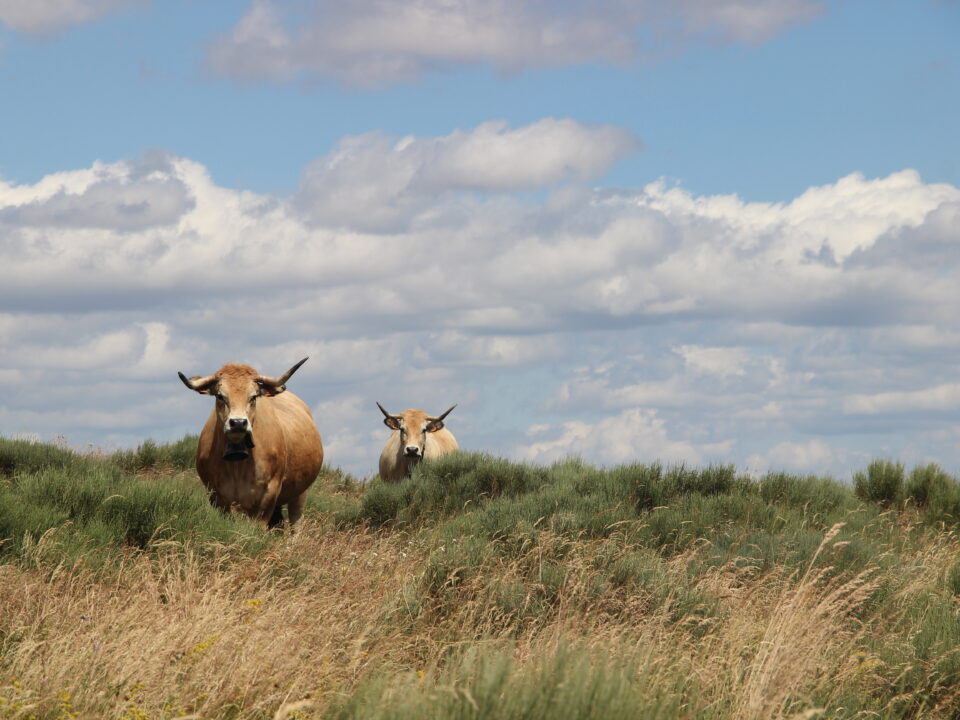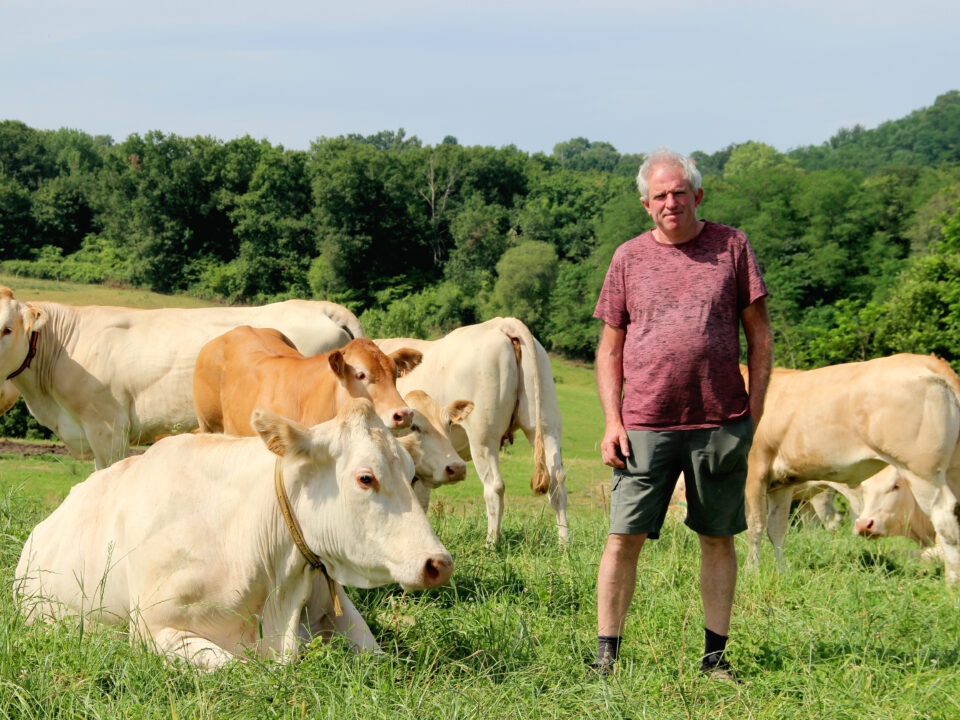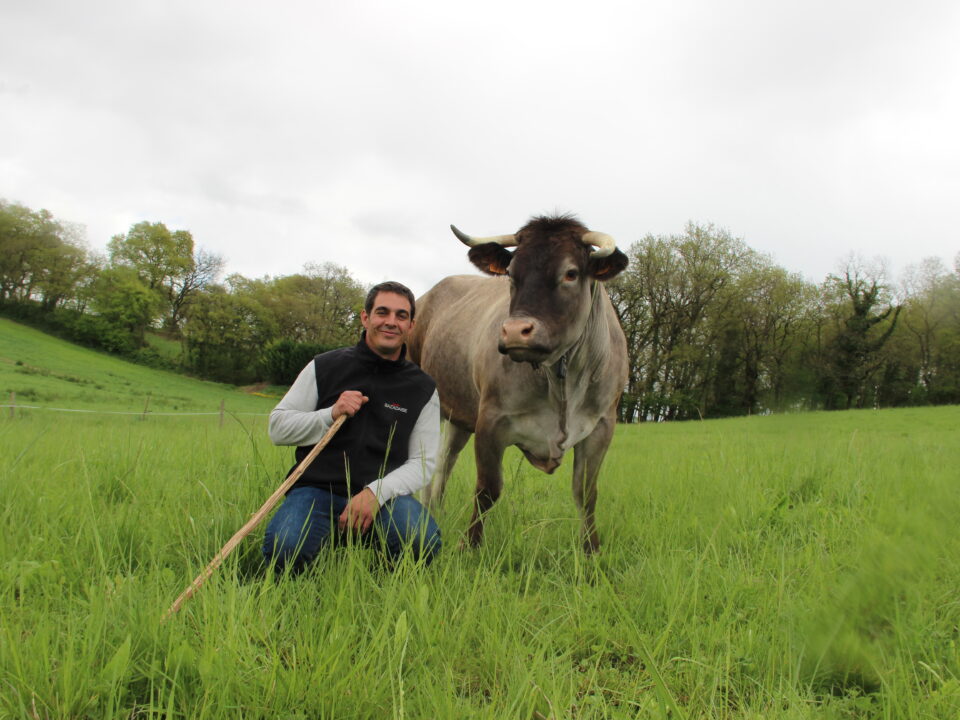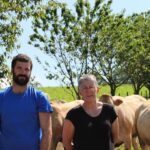
Selection, performance and 100% AI: the DNA of GAEC SORHUETA
19 February 2025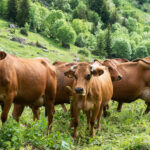
Tarine genotyping: an essential lever for optimizing your genetics
8 April 2025Juvenile over-mortality in the Abondance breed: genetics will help control the anomaly
The Abondance breed, renowned for its dairy qualities and hardiness, has for many years been faced with a hitherto unexplained juvenile mortality rate, impacting both farm profitability and animal welfare. New genome mapping approaches are now enabling us to implement solutions aimed at eliminating (or at least drastically reducing) these early losses. Zoom in on a useful and exciting project!
DCA anomaly identification and elimination
Between 2019 and 2022, the EFFITNESS program (APIS-GENE) enabled the UMT eBIS to develop a new approach to anomaly detection and genome mapping. Thanks to this new method, the WELCOW project (Idèle, Eliance, INRAE 2022-2026) was born to focus on identifying genome regions responsible for excess mortality or early culling.
An area of the genome common to animals suffering from excess juvenile mortality in the Abondance breed has been identified, making it possible to identify the “DCA” anomaly for Citrine Deficiency in the Abondance breed. Thanks to the collaborative efforts of the École Nationale Vétérinaire de Toulouse (ENVT) and AURIVA’s field and R&D teams, the work was able to continue.
Philippe Boulens, in charge of genetic creation for Abondance, began by coordinating the genotyping of some 50 target females in the field. The involvement of inseminators from the Éleveurs des Savoie zone, OSRAR and breeders enabled the data required for the study to be collected rapidly.
Scientific confirmation and implications
In January 2025, Philippe Boulens and Gilles Foucras, a teacher-researcher at ENVT, also carried out a field survey using a laboratory truck to observe the clinical signs of the disease. Metabolic analyses and a field autopsy validated the impact of this genetic anomaly, linked to deficiency of the SLC25A13 gene.
It has therefore been validated that this deficiency results in ammonia accumulation (hyperammoniaemia), amino acid imbalance and hypoglycemia, which can lead to early calf death.
While it is currently estimated that 90% of homozygous animals carrying the anomaly do not survive beyond three months, around 15% of the Abondance population is affected by this mutation. In fact, 15% of the breed’s animals are healthy carriers: not sick, but able to transmit the gene to their offspring. This represents a real economic problem for herds, which has now been virtually resolved.
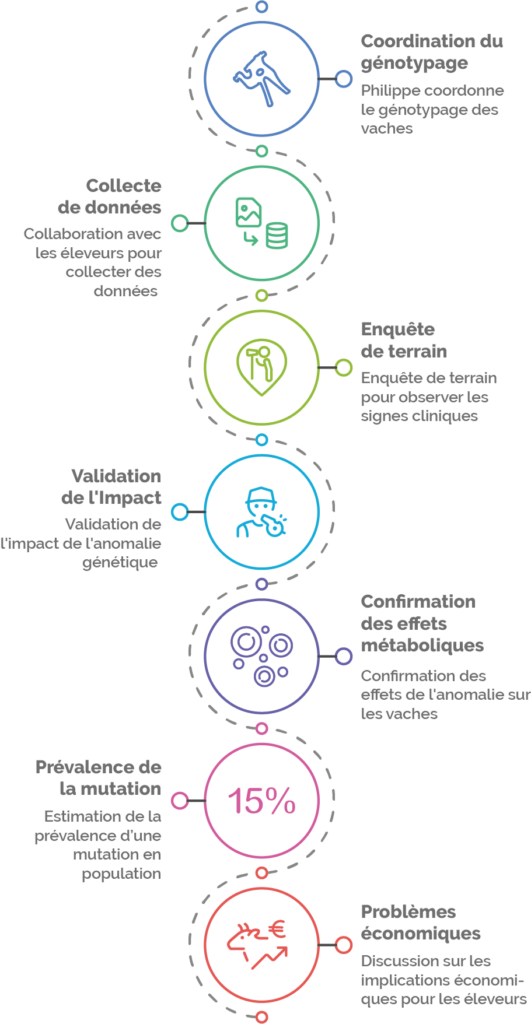
Towards gradual elimination of the anomaly
As a result of this work, AURIVA has identified the bulls carrying the anomaly that are already available. Coupled with female genotyping, this work should make it possible to limit risky matings while awaiting future campaigns free of carrier bulls. As the genetic anomaly is only expressed in the homozygous state (with proven mortalities), it is fairly simple to control its progression. In fact, as all AURIVA males are genotyped, as are the vast majority of Abondance females, with mating tools (such as those offered by your cooperatives), risky matings (those that would produce homozygous offspring) can be avoided. In the long term, this means excellent control of this anomaly.
A genuine genetic response to a concrete problem in the field, this breakthrough will provide breeders with a lasting solution. The Genorizon genotyping tool, developed by AURIVA, will also be able to relay the identification of heterozygous (carrier) or homozygous (diseased) females during conventional animal genotyping.
A collective commitment to the future of the Abondance breed.
Breeders have warmly welcomed this discovery, finally putting words to unexplained mortality.
Thanks to our national partners, the ENVT, but also to the genetic and methodological expertise of our R&D department and, of course, the involvement of our team and our contacts in the field, AURIVA is continuing its efforts to ensure a brighter future for the Abondance breed, its breeders and its sectors!
Philippe Boulens testifies:
"As a technician, I'm delighted to have contributed to this project, which provides a concrete solution to a problem that has been plaguing Abondance farms for some time. As a former breeder, I also know the frustration and financial cost of losing calves despite all the care taken. Today, we have a solution and can improve the breed's viability in the long term, which is really exciting!
Philippe BOULENS

